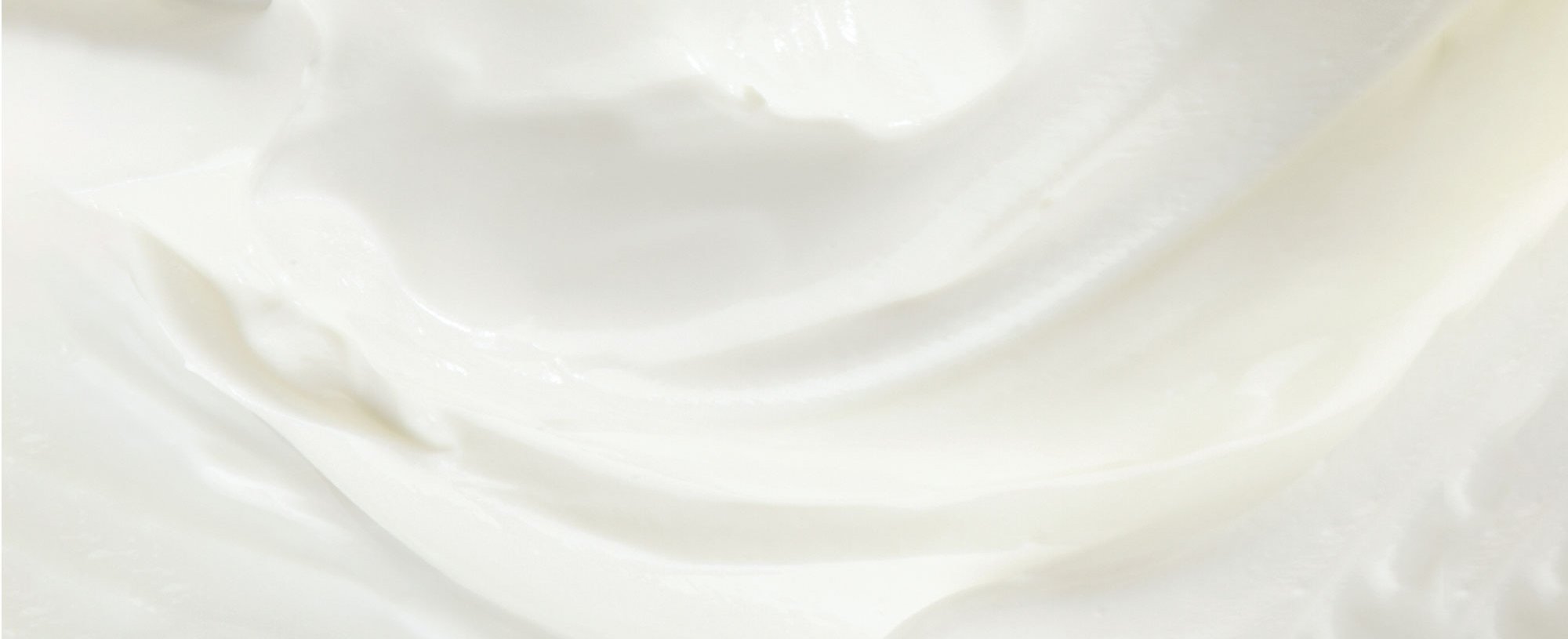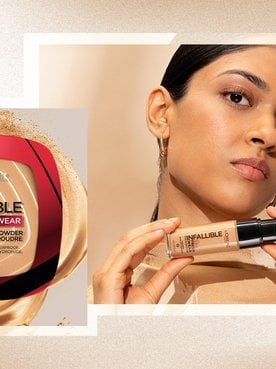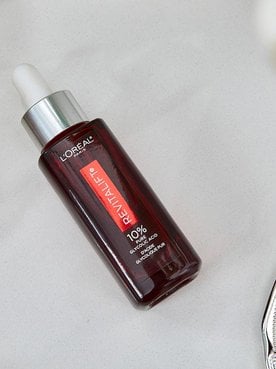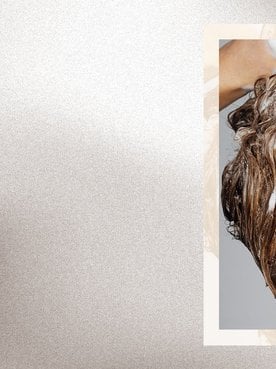There are few things worse than wearing a super cute dress, skirt, or shorts during the summer months—only to feel your thighs chafing. Chafed skin is no joke. Not only can chafing be a total downer that doesn’t exactly contribute to a perfect beauty look, but it’s also seriously uncomfortable. If you’re still wondering “what is chafing,” skip the Google search and keep reading. Below, we’re detailing everything you need to know about this common skin concern, including how to prevent chafing with a few key tips.
WHAT IS CHAFING?
Before we dive into how to stop chafing and take care of chafed skin, let’s cover what exactly chafing is. Chafing happens when friction is caused on your skin, resulting in it becoming irritated. The American Academy of Dermatology states that chafing, if not properly treated, can result in blisters—painful skin irritations that can occur anywhere on your body where skin rubs together or rubs against clothing. Yikes! Luckily, there are steps you can take to keep chafed skin at bay—so there’s no need to skip wearing your favorite outfits to sidestep thigh chafing.
HOW TO PREVENT CHAFING
Chafing skin doesn’t have to be a given—even in hot, sweaty weather. Below, we’re naming 11 tips to help you learn how to prevent chafing.
Chafing Prevention Tip #1: Dress right. The Mayo Clinic recommends wearing clothing that fits correctly and avoiding tightfitting clothes, as these can rub and chafe your skin. And since chafing and summer seem to go together like no other, loose clothing is a great method for prevention. It’s just one more reason to break out those breezy pants and flowing dresses!
In addition to wearing clothing that fits loosely, you’ll want to choose moisture-wicking materials during physical activity, per the AAD, and avoid clothes made of cotton. Why are your cotton pieces a no-go? They soak up sweat and moisture, which can lead to friction and chafing.
Chafing Prevention Tip #2: Opt for anti-chafing undergarments. Speaking of wearing the right clothing, you’ll need to pay attention to your undergarments, too. Cotton underwear may be your go-to, but moisture-wicking offerings are the better choice.
Chafing Prevention Tip #3: Protect problem areas. Certain areas, like your thighs and feet, are more prone to chafing. The AAD recommends using adhesive moleskin or other soft bandages to protect the area, making sure the bandages are applied securely. As an alternative, you can apply powder or petroleum jelly to specific areas, which will help reduce friction when your skin rubs together or rubs against clothing.
Chafing Prevention Tip #4: Stay cool. Since excess sweat and moisture can lead to chafing, it’s essential to stay cool. Consider walking with an umbrella to block out the sun or chill out in air conditioning to beat the heat.
Chafing Prevention Tip #5: Wear cushioned, well-fitting shoes. If you’ve ever experienced foot chafing, then you know it’s an absolute pain to deal with. Chafing on your feet causes blisters to rear their ugly heads. To protect your feet, make sure that you’re wearing shoes that fit properly. You can also use moleskin to add a little cushioning to shoes you already own.
Chafing Prevention Tip #6: Protect your feet with the right socks. Contrary to popular belief, all socks are not created equal. Traditional socks can leave your feet sweaty, which can cause chafing to occur. Moisture-wicking picks are your best bet to keep your feet nice and dry when wearing shoes.
Chafing Prevention Tip #7: Shower daily. It doesn’t get much easier than this. One of the best ways to avoid chafing is to shower daily. Keeping clean can help eliminate dirt, oil, and sweat, which can ward off chafing.
Chafing Prevention Tip #8: Wipe down regularly. You may not be able to protect yourself from sweating, but you can take other steps to keep your skin clean and dry. Consider keeping a pack of body wipes in your bag to help remove dirt and sweat.
Chafing Prevention Tip #9: Rinse and dry your skin. Beach days create increased opportunities for chafing to occur. Taking a dip in the ocean may be your definition of a good time, but it can cause sand and saltwater to make a home on your skin. In turn, you may be left with chafed skin. Stay ahead of the game by rinsing sand and salt off of your skin and drying off properly throughout the day. If you go back out with damp skin, you’ll only attract more sand on your skin. So, be sure to dry off properly.
Chafing Prevention Tip #10: Keep a change of clothes. Instead of keeping your dry swimsuit on post-beach day, consider swapping it out with a change of clothes. No matter how much you rinse and dry your body, there is a chance that bits of sand can get trapped in your bathing suit and cause friction. Keep things simple and change into a fresh pair of clothes.
Chafing Prevention Tip #11: Don’t test the waters. If you notice your skin turning red or you start to experience discomfort, the AAD suggests stopping what you’re doing ASAP. Now isn’t the time to see if you can outsmart chafed skin—rather, give your skin a break to prevent further irritation!
HOW TO TAKE CARE OF CHAFED SKIN
If it’s too late for you and your chafed skin, there’s no need to fret. Just be sure to take care of chafed skin properly to avoid further irritation. Here are three skin care tips to try.
1. Cover the area. First thing’s first—keep your chafed skin covered and unbothered. You can do so by loosely placing a bandage over the affected area. This will help prevent further irritation.
2. Avoid tight clothes. To continue to avoid irritation, wear loose-fitting clothes, just as you would when attempting to prevent chafing. The last thing your chafed skin needs is a tight pair of skinny jeans rubbing against it!
3. Leave it be. Most importantly, you’ll want to leave your chafed skin be and give it time to heal on its own. As long as you avoid further irritation, chafed skin and blisters should heal on their own in one to two weeks, per the AAD.
Next up: In the mood to learn about another popular skin care concern? Click through to our article, What Causes Eczema?







